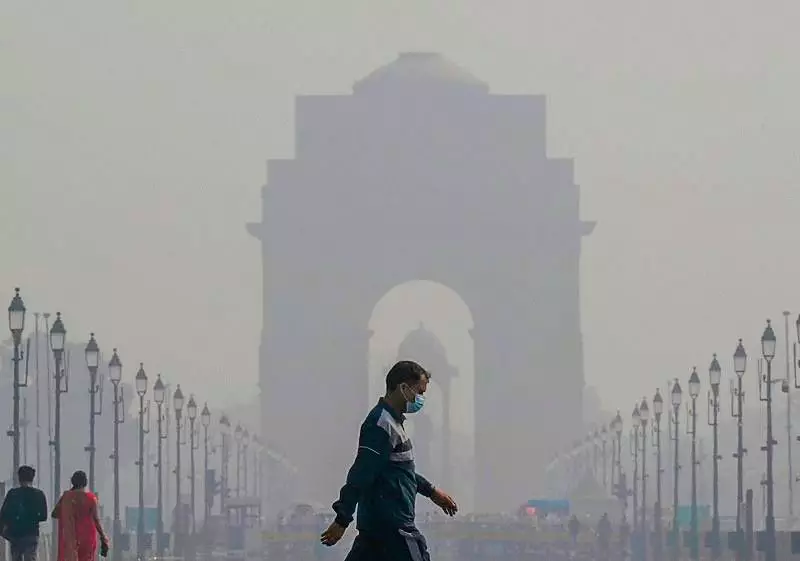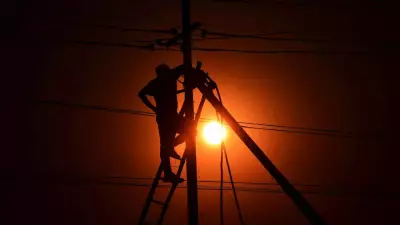
Delhi's much-anticipated artificial rain project, designed to wash away the capital's notorious air pollution, has hit a major roadblock. A comprehensive report from the Indian Institute of Technology (IIT) has now revealed the scientific and logistical hurdles that prevented the ambitious cloud seeding initiative from taking flight.
The Failed Mission to Create Artificial Rainfall
Despite extensive preparations and high hopes, Delhi's attempt to trigger artificial rainfall through cloud seeding never materialized. The IIT's detailed analysis points to a combination of unfavorable weather conditions and technical constraints that ultimately grounded the project.
Meteorological Misalignment
The primary obstacle identified in the report was the absence of suitable cloud formations during the critical implementation period. Cloud seeding requires specific atmospheric conditions—particularly moisture-laden clouds at optimal altitudes—that simply didn't align during Delhi's pollution crisis windows.
Technical Timing Challenges
Beyond weather limitations, the report highlights significant coordination challenges between meteorological forecasting and operational readiness. The narrow windows of opportunity for successful cloud seeding often closed before implementation teams could mobilize.
What Cloud Seeding Requires to Succeed
The IIT analysis outlines several critical prerequisites for successful artificial rain generation:
- Adequate cloud cover with sufficient moisture content
- Specific temperature ranges for effective seeding agent activation
- Precise wind patterns to distribute seeding materials effectively
- Advanced weather forecasting capabilities for timing interventions
- Rapid deployment systems to capitalize on brief weather windows
The Broader Implications for Pollution Control
This setback raises important questions about relying on weather modification as a primary solution for urban air pollution. While cloud seeding has shown success in other regions and contexts, Delhi's unique meteorological profile presents distinct challenges that require customized approaches.
The failed attempts underscore the complexity of large-scale environmental engineering and highlight the need for multi-pronged strategies to combat air pollution.
Looking Ahead: Alternative Solutions
With cloud seeding proving unreliable for immediate pollution crises, environmental experts are calling for renewed focus on sustainable long-term solutions, including emission reduction at source, improved public transportation, and green infrastructure development.
The IIT report concludes that while weather modification technologies hold promise, they cannot replace comprehensive air quality management strategies that address the root causes of pollution.





